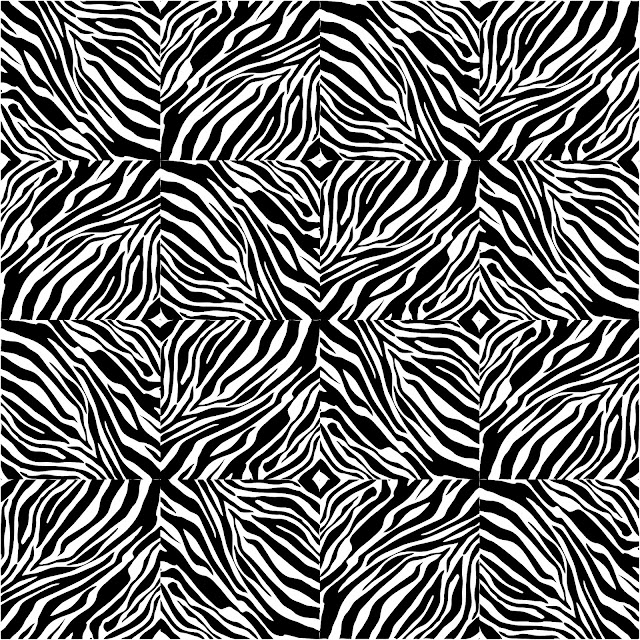Elevate Your Packaging Game: A Comprehensive Look at Post-Printing Machines Introduction: In the ever-evolving landscape of packaging, staying ahead of the competition requires innovation and efficiency. Post-printing machines have emerged as game-changers in the packaging industry, offering manufacturers unparalleled flexibility and quality in producing corrugated boxes. This comprehensive guide aims to delve into the world of post-printing machines, exploring their functionalities, benefits, and the transformative impact they have on elevating packaging standards. Understanding Post-Printing Machines: Post-printing machines are integral to the manufacturing process of corrugated boxes, enabling the application of graphics, text, and branding onto pre-formed boxes. Unlike pre-printing methods, which occur before corrugation, post-printing takes place after corrugation, allowing for greater customization and efficiency. Types of Post-Printing Machines: Flexographic Printing Presses: Th...
What is screen printing on shirt ?
Screen printing on a shirt involves the process of applying ink through a stencil, or screen, onto the surface of a shirt to create a design or image. Here are the steps involved in screen printing on a shirt:
- Design creation: The first step is to create the design that will be printed on the shirt. This can be done using graphic design software or by hand.
- Screen creation: A screen is created by stretching a mesh material over a frame and then applying a stencil to the mesh. The stencil blocks out the areas of the screen where the ink should not go through.
- Ink application: The ink is then applied to the screen using a squeegee, which forces the ink through the open areas of the stencil and onto the shirt.
- Drying and curing: The ink is left to dry and cure, which can be done using a variety of methods, such as heat curing or air drying.
Screen printing on shirts is a popular method for creating custom t-shirts, as it is a cost-effective way to produce high-quality prints in large quantities. Screen printing allows for precise placement of designs and the ability to use a wide range of colors, resulting in bold and vibrant prints.
Screen printing on shirts can be done on a variety of shirt materials, including cotton, polyester, and blends. It is important to choose the right type of ink for the shirt material to ensure that the print adheres properly and lasts a long time. Plastisol ink is commonly used for screen printing on shirts, as it bonds well with cotton and produces vibrant prints. Water-based ink is also a popular choice for printing on shirts, as it produces a soft, breathable print.

Comments
Post a Comment